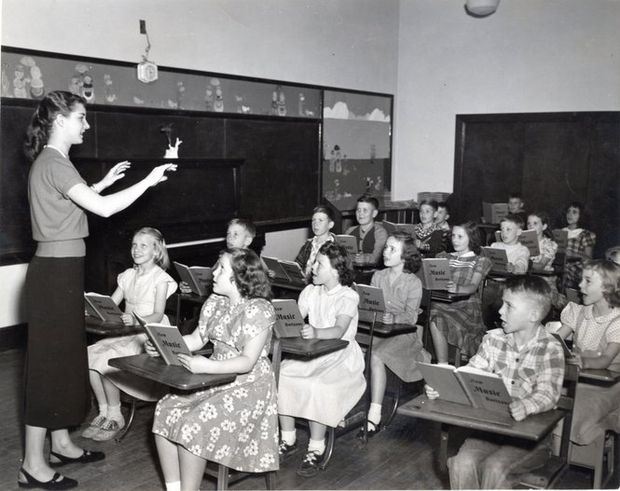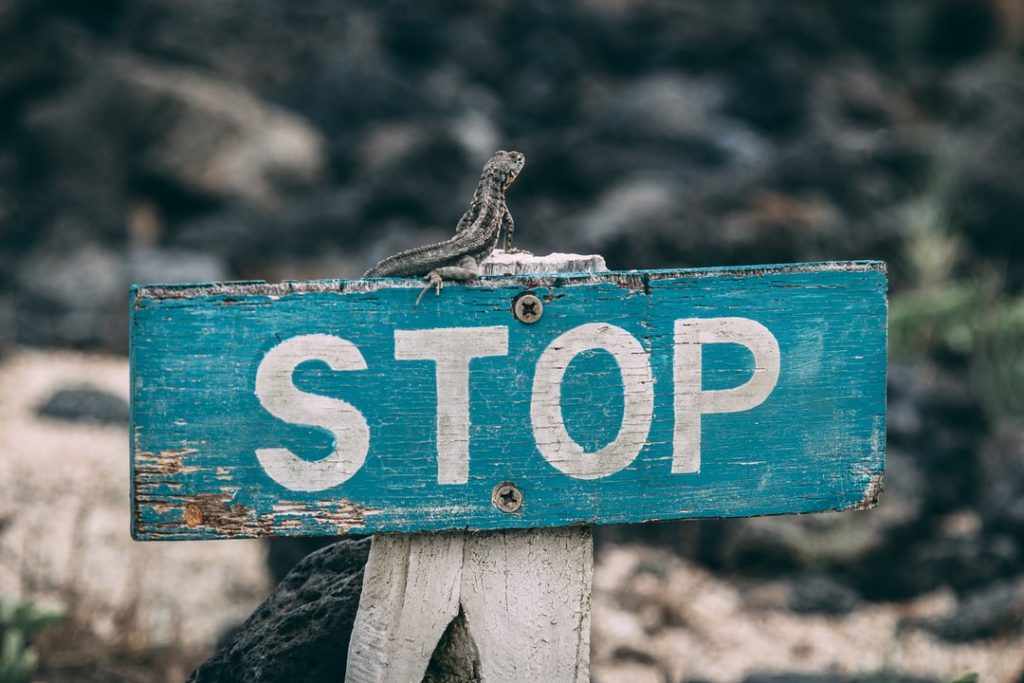Freedom and Energy from Healing White Racism
In the U.S., we are reeling from yet another round of white people killing Black people. Hateful. Horrendous. Heartbreaking. Again. In a recent post on Medium, Corinne Shutack put together a helpful list of 75 things White People Can Do for Racial Justice. As a white man, I am grateful for her effort and care. Most of the items are about white folks educating ourselves and advocating for changes in racist practices, both of which are essential. Friends of color tell me they want primarily two things from white people: to show up for justice and to do our own work with white people at dismantling racism.

So to the list I would add “healing” — healing our own personal trauma, and our generational trauma of white on white oppression beginning hundreds of years ago in Europe, that conditioned European colonists to take up oppressive roles toward Indigenous and People of Color early on, and continues to infect most white people today.
Racism is not inherent to human beings. An early teacher of mine used to say that white racism is like dog manure on your sneaker. Notice three things, he would say: it’s not an inherent part of the sneaker; it’s very hard to scrape it off from all those tiny crevices on the sole of the sneaker; and everywhere you go, it stinks the place up! What an apt image.
Furthermore, race is not biologically real. It is a constructed notion used to separate and hurt us all. The label “White people” was invented in the mid-1600s in colonial America to justify a system of exploitation and domination, and to divide low-income Europeans from low-income Blacks and Indigenous folks. (See the video “Birth of a White Nation.”)
In addition to the visible and invisible system of oppression, racism and white supremacy are also held in place significantly by unhealed hurt. A white child, treated with respect, taught compassion and connection, educated with an honest and full version of U.S. history that includes what was done to the Native peoples and enslaved black people, and allowed to feel their feelings as they grow up, would never grow up to willingly participate in or agree to the oppression of anyone. But most white children never get that upbringing since we get born into an oppressive system that pits many groups against each other for the purpose of protecting the wealth and power of the few. So racism and other oppressions keep us fighting among ourselves rather than unifying to transform a corrupt, unjust system based in greed, fear, and insecurity.
In my work with white people who are just beginning to understand whiteness, one exercise I developed offers an accessible ramp into this territory. It’s called “Beginning Anew with My White European Ancestors.” In pairs, each person shares about three things:
a) What do I love about my European ancestors or heritage? What are the positive contributions my people have made to humankind? (All cultures have contributed good things, and this round helps counteract white guilt and validates positive aspects.)
b) How did my European ancestors or white heritage harm people of color? Specifically? What are white people still doing today that is profoundly harmful? What breaks my heart in relation to all of this? (This round often brings up grief and anger.)
c) How did I unawarely benefit as a white person from the harm that my ancestors did to Indigenous and Black people, and how may I now be perpetuating the ongoing oppression that exists today? What do I vow to do personally from this point forward to help heal the harm my European ancestors and the current dominant white culture and misinformation have done and are still doing to people of color? What do I vow to do to help change the systems that perpetuate that on-going harm? Try to be specific. (This round asks for personal change.)
(Note: There are any number of ways of exploring and healing internalized white racism. For whites who have done a lot of self-work, this exercise may feel too simple. It’s just one starting place.)

Each of these rounds can evoke deep feelings. In this work with white people, I’ve discovered that underneath white defensiveness or guilt is usually broken-heartedness. Why? Different reasons. Some whites, as children, had friends of color whom they loved, and from whom they got separated because of racism. Some had a nanny of color whom they loved as much and sometimes more than their parents, and were later separated from. Many young whites saw unjust treatment of people of color but could not stop it because they were too little and powerless. Some white folks carry the inner shame of times they caved in to peer pressure and didn’t speak up against a racist joke or other racial mistreatment. Some white people were raised in such a segregated world that they never had a black or brown friend and therefore feel ignorant and separate. Many white people feel a lack of ease in their relationships with people of color, a discomfort, a fear, maybe a guilt born of the legacy of racism and white supremacy.
Many white people know at some deep level, that the privilege we enjoy because of our skin color is inherently unfair and wrong, and is built on generations of brutal exploitation and oppression.
Furthermore, in this white supremacist culture, white people have been conditioned to feel dominant, superior, and entitled in relation to people of color, which in turn generate feelings of shame, guilt, fear, and grief, whether recognized or not. Over the years of this work with white people on white racism, I have observed that most white people are aware of the monstrous effects of racism in the world and on some level fear that if they are open to their complicity in racism, that they too will reveal themselves to be at fault. They also sometimes feel defensive since they never intended to be or act in a racist way and don’t want to be accused of being evil when they think they have been innocent bystanders. However, underneath these fearful or defensive reactions, if the conditions are safe enough, what most white people find is a broken heart, a deep well of grief and loss at being separated from people of color in our lives, of feeling betrayed by mis-education, of feeling disillusioned about our country whose ideals of life, liberty, and the pursuit of happiness were not delivered to all people and were built on genocide and slavery, and feeling inadequate to change the conditions.
Transforming racism and white supremacy is a long, multi-layered, complex struggle. One necessary piece is healing both our individual and collective suffering from and within racism. For me it’s also been an honor and a relief to recover part of my humanity. Healing happens in many ways. One effective form that I’ve practiced is a co-listening partnership. Each week, for the past 35 years, a friend and I have offered each other 45 minutes of warm, focused, respectful attention. He listens to me for 45 minutes without interruption or advice, then I listen to him for 45 minutes. This allows us to go below the thoughts to the underlying feeling. Tears and feelings of anger, fear, despair, powerlessness, discouragement, or confusion get released. Also feelings of joy, gratitude, love, and excitement about life.
This process has allowed me to think more clearly, love more deeply, and act more boldly over the years of releasing old distress. In the safety of these weekly sessions, I have been able to acknowledge and heal much of my own white racism, and understand how I have unconsciously perpetuated harm by assuming and acting within my unearned white privilege.
Most social justice activists understandably focus their work on the external structural policies and practices that they think need changing or to be created. While doing this, I think it is crucial to also put attention on healing the inner, personal habits and hurts that limit our humanity and dull our thinking, and keep us divided and acting small. These patterns include our feeling unloved, or disrespected; our conditioning to feel separate; our ignorance, powerlessness, and internalized trauma that prepare us to take our place in the oppressive structures that surround us. The process of healing also includes loving ourselves as inherently valuable and worthwhile human beings, while increasingly coming to love and respect all others.
Of course, individual healing is not sufficient to transform the system. We must also stop the harm, gain political power, implement structural and policy changes, and create beautiful new community-building initiatives to address the problems facing humanity. But if we do not also do the healing work, then our rigid and irrational old habits and patterns of oppression will infect the new world we are working so hard to build.
As a young white boy, I was thoroughly saturated with white culture. I was raised with working class parents who struggled to make a living and had alcohol issues, so I was not immune to suffering. But everyone I knew was white, so that’s all I knew. Furthermore, I grew up loving my country, proud of it, and believing in the ideals of liberty, justice, and equality. Then in my teens and early 20s, when I began to learn about the underbelly of US history, I felt betrayed, like I had been lied to, hoodwinked. A deep anger and grief arose in me. I had to re-learn so much, including about whiteness. I came to understand the truth of the anti-apartheid chant used in South Africa: “An injury to one is an injury to all.” I now know in my bones that my liberation is linked to the liberation of everyone.

People of color cannot end racism and white supremacy by themselves. Nor should they have to. The active participation of white people is required. In simple terms, I see this as having two major parts that go hand in hand. One is recovering our full humanity from wrong views, miseducation, and hurtful actions around race. This is the inner healing journey. The second part is to unite and act in concert with others around a strategy to challenge and eventually dismantle white supremacy and create the beautiful society we believe is possible.
The racial upheaval of the past several weeks is a cry of suffering and a surging call to us white folks to join whole-heartedly in this monumental and heroic human struggle for freedom. Fortunately, many white people are stepping forward in visible ways. One concrete step on this journey would be to find a co-listening partner and continue transforming ourselves from within. As Martin Luther King, Jr said, “All lasting and meaningful change begins on the inside.”






